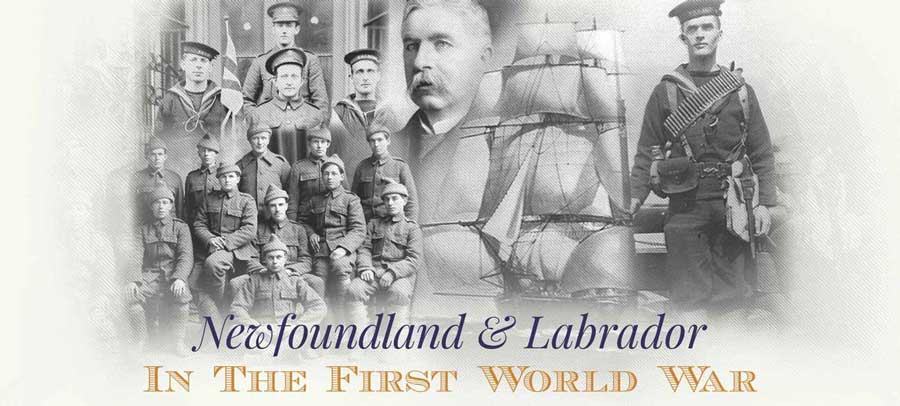Women's Patriotic Association
During the First World War, women from across Newfoundland volunteered their time, energy, and expertise to help Allied forces overseas and to boost morale at home. They raised enormous sums of money; they made and shipped clothing, medical supplies and other goods to troops overseas; they visited families who had sons, brothers, fathers, or husbands on the front lines; and they volunteered in local hospitals. They were the more than 15,000 volunteers of the Women's Patriotic Association (WPA).
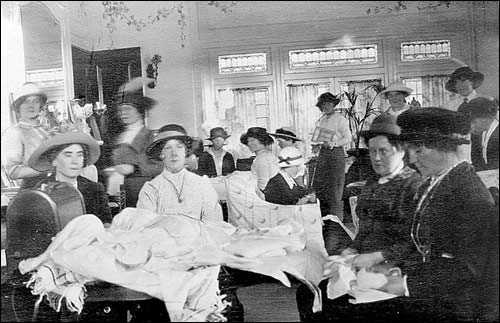
Lady Margaret Davidson, wife of Newfoundland Governor Sir Walter Davidson, founded the WPA at a public meeting in St. John's on August 31, 1914. More than 700 women attended.
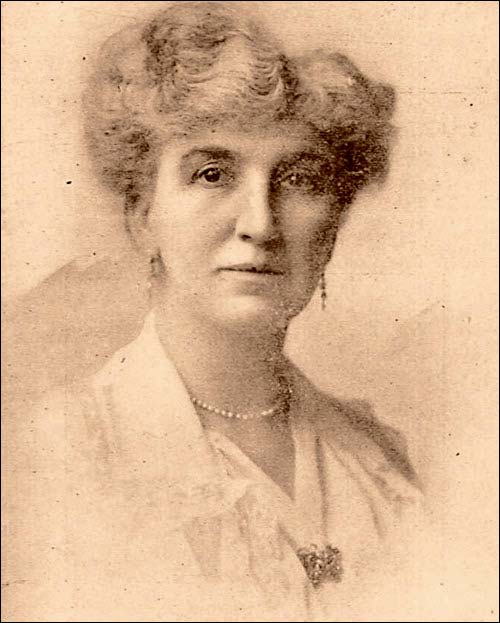
The next step was to make the association island-wide. Davidson sent letters to magistrates and justices of the peace throughout Newfoundland asking them to meet with the prominent women in each community with a view to establishing a local branch of the WPA. Support was enthusiastic and branches soon sprang up across the island. WPA secretary Eleanor MacPherson outlined the group's rapid progress one year after it formed:
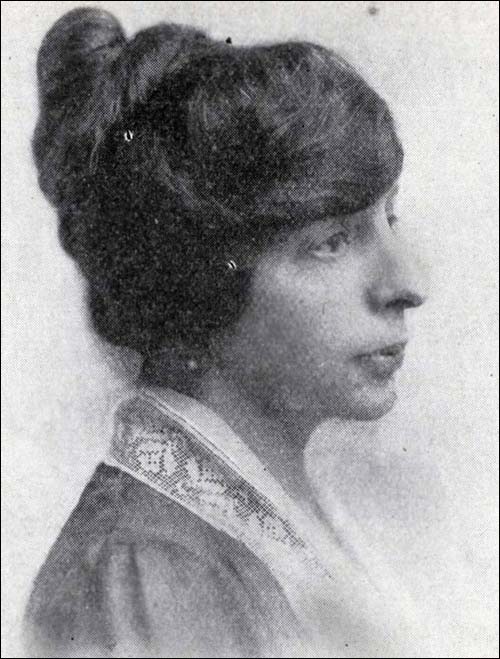
"There are now fully organized and working along lines very much the same as we have adopted in St. John's, 168 branches. In very few cases have there been any divisions, but dropping all distinctions of a social or religious nature, the women have joined hands to work for the men at the front. It has been estimated... that there are something over 15,000 women in Newfoundland who are doing their bit! Inspiring, is it not?"
The WPA was unique in its ability to break down the class and religious barriers that had divided Newfoundland society for generations. Its volunteers included the very wealthy and the very poor. They came from outport communities, from urban centres, and they belonged to all of the major denominations on the island.
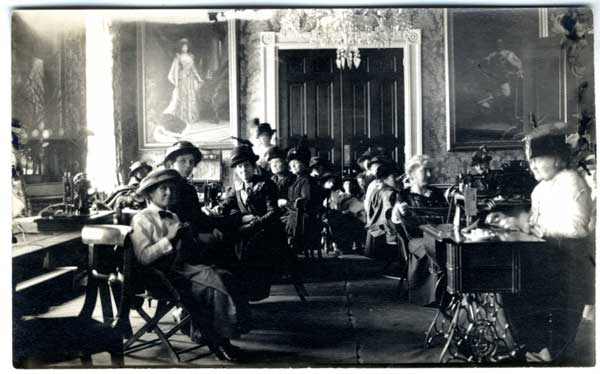
An exception was the group's executive members, who came from the social elite. The branch presidents were usually the wives of doctors, merchants, ministers, and other prominent figures, or they were school teachers – well-educated, respected, and relatively well-off.
One of the WPA's core goals was to provide Newfoundland and Labrador servicemen with comforts from home. To this end, volunteers knitted scarves, hats, mittens, sweaters, and many other items. But it was the WPA's grey wool socks that became its most sought-after item.
"A Newfoundland sock is the best in the world and is prized by every soldier," wrote Private Francis Lind of the Newfoundland Regiment on April 22, 1916 while posted in France. "How many times at the Peninsula and before we ever saw Egypt have we been asked by soldiers of different regiments if we had a pair of Newfoundland socks to give them or sell them. They would even offer cigarettes in return." (115)
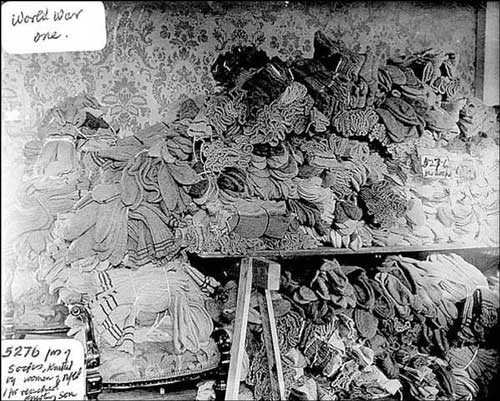
WPA volunteers were prolific in their work. Between 1914 and 1916, they produced 62,685 pairs of socks, 8,984 shirts, 6,080 pairs of cuffs (mittens with a trigger finger), and 2,422 scarves. The WPA sent its first consignment of 40 cases and barrels overseas on May 27, 1915. Many more followed.
The association also aided the Red Cross and nursing services. Its volunteers made bandages, surgical dressings, swabs, pillows, pyjamas, and dressing gowns to be used in military hospitals. They also sent money and equipment overseas. The WPA's Cot Fund put desperately needed beds in military wards in the United Kingdom and France, and it helped to open a Newfoundland Ward in the St. John's Ambulance Brigade Hospital at Étaples, France.
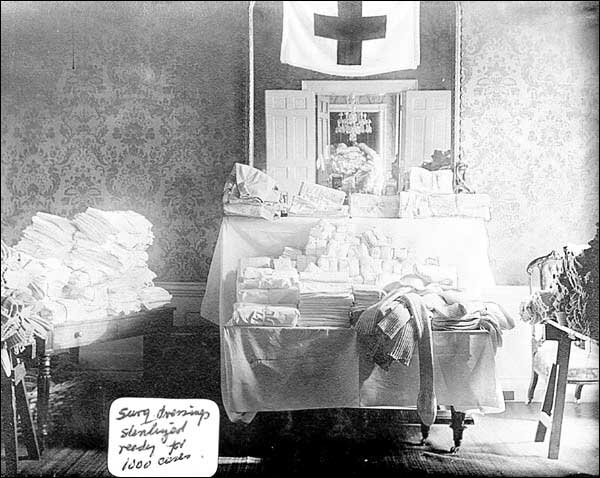
On the home front, the WPA helped to open Jensen Camp – a 17-bed hospital in St. John's for servicemen suffering from tuberculosis. It also established a Naval and Military Convalescent Hospital at Waterford Hall in the city's west end.
The WPA engaged in a wide range of other activities as well. Members of its Visiting Committee kept in touch with the parents and relatives of Newfoundland and Labrador volunteers serving overseas, and they visited troops recovering in local hospitals. The committee made 11,270 visits in the St. John's area alone between 1914 and 1919.
The WPA also welcomed and entertained Allied troops who arrived on the island. In downtown St. John's, it opened the Soldiers and Sailors Club in 1916, followed by the Caribou Hut in 1917. It also organized music concerts, hockey games, and other events.
The association was also a powerful fundraiser. It published The Distaff magazine to raise money for the Red Cross and to publicize the work that women were doing during the war. WPA volunteers sold calendars, Christmas stamps, flowers, and other goods, and they installed collection boxes around St. John's to solicit donations from passersby. By the end of the war, the WPA had collected more than $500,000 – worth about $6.5 million today.
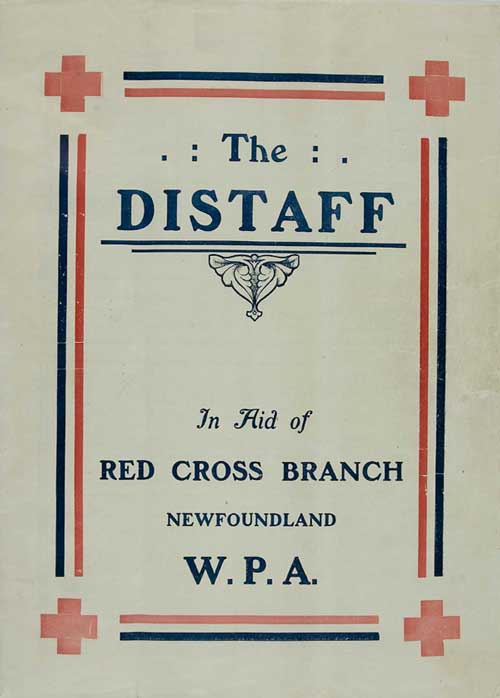
Politicians, the press, and the public praised the work that the WPA had done during the war. In 1918, King George V awarded the prestigious Order of the British Empire to nine members of the WPA for their contributions to the war effort.
When the war ended, many of the women who had assumed leadership roles in the WPA adopted a new mission - to win voting rights for women. Their hard work ended in success in 1925 when the Newfoundland legislature passed a franchise bill and women finally claimed their right to vote and run for political office.
